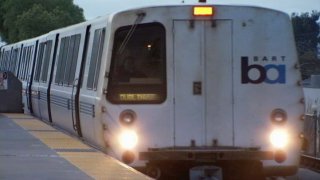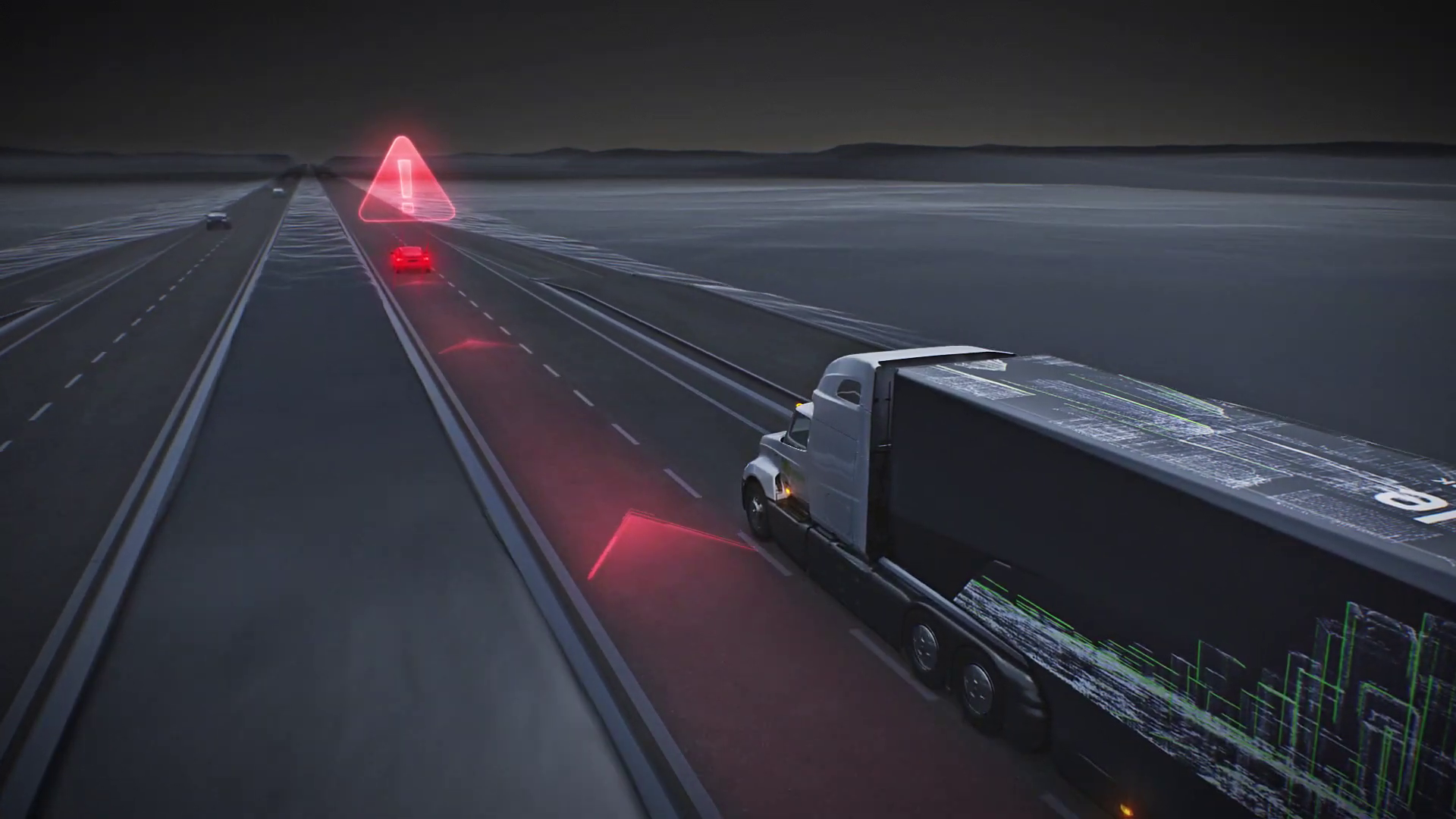
BART officials have ordered stepped up inspections after an incident Tuesday when a 10-car train on its new car fleet operated for several hundred feet despite being partially decoupled.
BART trains are both mechanically and electronically linked. The electronic link is designed to act as a fail-safe, so that if the pneumatic link fails, the electronic link will also fail, cutting power and causing the train to stop.
But things didn’t quite go as expected on Tuesday for a 10-car train of the newest vehicles in BART’s “Fleet of the Future.”
BART officials said Thursday that they now believe a four-car section of that train was never properly hooked up, or coupled, with a six-car train at Richmond Station. However, the fail-safe system did not immediately identify the problem. In fact, it took several moments for the train’s electronic system to recognize the decoupling while the train was in service.
The system eventually shut down as designed, and the train was then temporarily recoupled by the operator and arrived at the next station safely.
Tamar Allen, chief mechanical officer for BART, says the decoupled cars were just a foot apart, and did not come apart because each car operates independently via the electronic signal coming from the operator.
“Over the last couple days, our engineers concluded that they did not have a mechanical couple and we have a long term and a short term resolution to the problem,” Allen said on Thursday. “What we need to do is to ensure that the cars are coupled together.”
The Investigative Unit
Have a tip for The Investigative Unit? Call 1-888-996-TIPS.
The risk of a decoupling is that a passenger could end up falling into the trackway while switching cars - because a decoupling could lead to a gap between the cars that someone may not see as they are walking through.
Allen says crews will now visually verify coupler connections before trains depart.
Eventually, she said, the plan is to come up with a way to enable operators to verify such connections before putting the trains into service.
“It’s a vulnerability -- we discovered that vulnerability and we have the plan in place to address that,” she said.
“It’s a safety issue whenever you have an uncoupling on the main line. Then passengers have access to the trackway,” Allen said. “You never want a situation on the main line when people have access to get on the right-of-way.”



